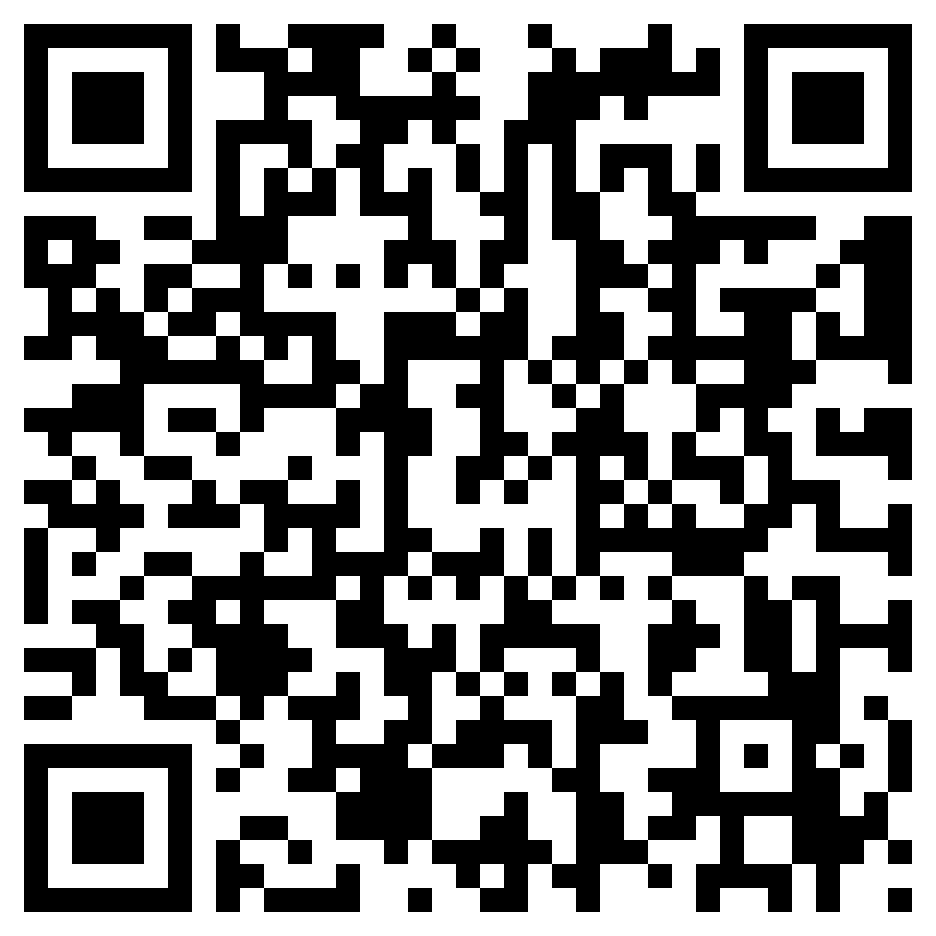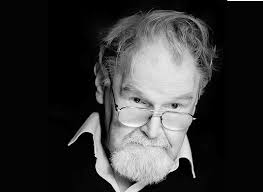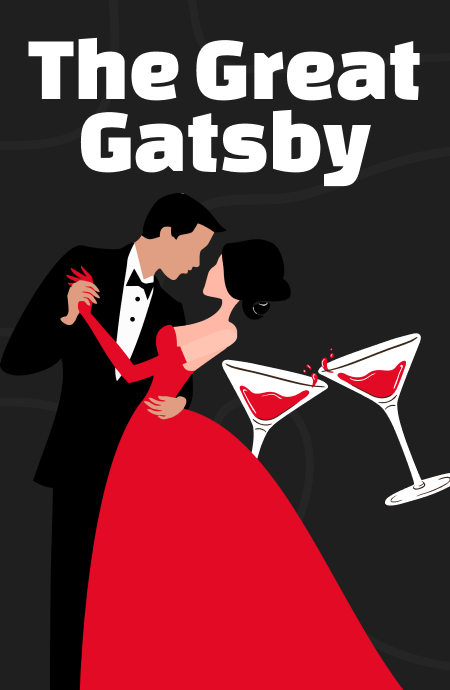Lesson 1: The Nature of Identity
The novel revolves around Bella Baxter, a woman brought back to life by an eccentric doctor, Godwin Baxter. Bella’s identity is central to the narrative, as she must navigate the world with the mind of a child in the body of an adult. The story explores how identity is shaped by memory, experience, and social context.
Identity is not just a static trait but a fluid concept shaped by various factors. The novel prompts readers to consider how much of who we are is influenced by our memories, experiences, and the perceptions of others.
Lesson 2: The Power of Storytelling
The book is presented as a fictional autobiography, with different characters offering conflicting accounts of the events. This structure emphasizes the power of storytelling and how narratives can be manipulated to shape reality.
Storytelling is a powerful tool that can be used to create, distort, or reveal truths. The novel suggests that the way stories are told can significantly influence how they are perceived and understood.
Lesson 3: The Ethics of Science and Creation
The character of Godwin Baxter represents the mad scientist archetype, with his resurrection of Bella raising questions about the ethics of scientific experimentation. The novel explores the moral implications of playing God and the responsibilities that come with such power.
Scientific advancement comes with ethical considerations. The novel challenges readers to think about the moral boundaries of science and the consequences of crossing them.
Lesson 4: Social Class and Gender Roles
Set in Victorian Scotland, the novel critiques the rigid social class structures and gender roles of the time. Bella’s journey is marked by her struggle to assert her autonomy in a world that seeks to control and define her based on her gender and social status.
Social class and gender roles can be oppressive forces that limit individual freedom. The novel encourages readers to question societal norms and advocate for greater equality and autonomy.
Lesson 5: The Nature of Love and Relationships
The relationships in "Poor Things" are complex and often unconventional, reflecting the novel’s broader themes of identity and autonomy. Bella’s relationships with other characters highlight different aspects of love, power dynamics, and the search for self.
Love and relationships are multifaceted and can be shaped by power, identity, and social context. The novel suggests that true love involves recognizing and respecting the autonomy of others.
Lesson 6: The Intersection of Fact and Fiction
The novel blurs the lines between fact and fiction, challenging the reader to question what is real. The unreliable narration and the presentation of conflicting accounts emphasize the subjective nature of truth.
Reality is often subjective, and the line between fact and fiction can
Unlock Knowledge with Wizdom App
Explore a world of insights and wisdom at your fingertips with the Wizdom app.
 1 Million+ App Download
1 Million+ App Download  4.9App Store Rating
4.9App Store Rating 5000+Summaries & Podcasts
5000+Summaries & Podcasts









